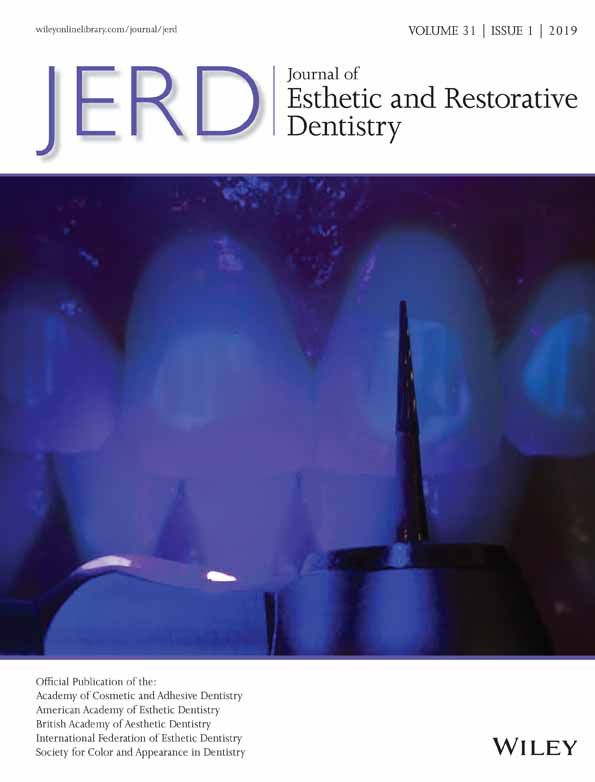A review on chemical composition, mechanical properties, and manufacturing work flow of additively manufactured current polymers for interim dental restorations
Abstract
Objectives
Additive manufacturing (AM) technologies can be used to fabricate 3D-printed interim dental restorations. The aim of this review is to report the manufacturing workflow, its chemical composition, and the mechanical properties that may support their clinical application.
Overview
These new 3D-printing provisional materials are typically composed of monomers based on acrylic esters or filled hybrid material. The most commonly used AM methods to manufacture dental provisional restorations are stereolithography (SLA) and material jetting (MJ) technologies. To the knowledge of the authors, there is no published article that analyzes the chemical composition of these new 3D-printing materials. Because of protocol disparities, technology selected, and parameters of the printers and material used, it is notably difficult to compare mechanical properties results obtained in different studies.
Conclusions
Although there is a growing demand for these high-tech restorations, additional information regarding the chemical composition and mechanical properties of these new provisional printed materials is required.
Clinical Significance
Additive manufacturing technologies are a current option to fabricate provisional dental restorations; however, there is very limited information regarding its chemical composition and mechanical properties that may support their clinical application.




